Basilica Di Santa Maria Del Fiore: Florence’s Architectural Masterpiece
- 8 Feb 2025
- By Paras Gandhi
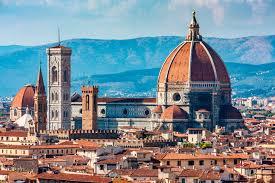
A Glimpse Into Florence’s Soul
The Basilica di Santa Maria del Fiore, better known as the Duomo, is not just a church but an emblem of Florence’s artistic, intellectual, and historical grandeur. Situated in the heart of Florence, this iconic cathedral, with its awe-inspiring architecture and rich history, remains one of the most visited and celebrated landmarks in Italy. From its towering dome designed by Filippo Brunelleschi to its detailed marble facade, the Basilica is a true testament to human creativity and ambition.
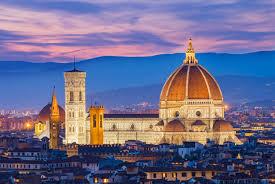
Gothic Foundations
Construction of the Basilica di Santa Maria del Fiore began in 1296 under architect Arnolfo di Cambio, who envisioned a cathedral that would symbolize Florence’s political and economic power. The initial design was heavily influenced by the Gothic style, characterized by pointed arches, ribbed vaults, and flying buttresses, all of which were intended to direct the worshipper's gaze upward toward the heavens.
Though the church was designed to be monumental, the construction process proved to be a long and challenging endeavor. By the early 15th century, much of the building had been completed, but it lacked one crucial feature—the dome. While the church had the foundation and walls, no known technique existed to build the massive dome required to crown the structure.
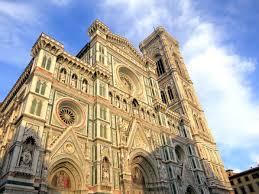
Brunelleschi’s Revolutionary Dome
Enter Filippo Brunelleschi, a visionary architect and engineer who was tasked with designing the dome. His challenge was unprecedented: to create a dome large enough to span the cathedral's massive central space without relying on external scaffolding or support. At the time, no one knew how to achieve this feat.
Brunelleschi’s solution was ingenious. He devised a double-shell structure, where the inner dome provided structural integrity, while the outer shell was designed for aesthetic purposes. The dome was built using a special herringbone brick pattern that added strength to the structure while reducing the need for scaffolding. This engineering marvel was completed in 1434 and remains the largest brick dome ever constructed.
The completion of the dome was a turning point in architectural history, as it revolutionized the way domes were built. The construction of the Duomo marked the dawn of the Renaissance, a period characterized by innovation, exploration, and a renewed interest in classical principles. Brunelleschi’s design is still studied by engineers and architects today, and his legacy is forever linked to the Basilica.
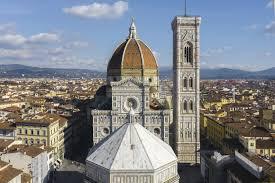
Architectural Beauty and Symbolism
The exterior of the Basilica di Santa Maria del Fiore is a stunning example of Florentine craftsmanship. The building’s facade is made from green, pink, and white marble, which gives it a vibrant and intricate appearance. The facade features scenes from the Bible, and each section is meticulously crafted to represent different aspects of Christian teachings. At the center of the facade, a large rose window captures the light, giving the church a celestial appearance.
The church’s bronze doors depict scenes from Florence’s civic history, including religious events, Florence’s political leaders, and depictions of famous artists of the time. These doors act as a bridge between the divine and the everyday, offering a glimpse into Florence's rich cultural heritage.
Inside, the Basilica’s grandeur continues. The vast interior is an evocative space, designed to draw visitors’ eyes upward. The Last Judgment fresco by Giorgio Vasari and Federico Zuccari that covers the interior of the dome is perhaps the most striking feature. The fresco, painted in the late 16th century, is a vivid and dramatic portrayal of the final judgment, where souls are either condemned to hell or saved by divine grace.
This visual masterpiece demonstrates the artistic excellence of the Renaissance and serves as a reminder of Florence's role as the heart of artistic and intellectual life during this period.
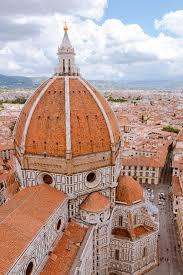
Cultural and Political Significance
The Basilica di Santa Maria del Fiore is more than just an architectural marvel—it has been an enduring symbol of Florence's cultural and political power. Throughout the Renaissance, the church played a central role in civic life. It hosted important religious services, political gatherings, and monumental celebrations that reinforced Florence’s reputation as a leading city of art and politics.
The Basilica also became a center of intellectual activity. The Medici family, who were major patrons of the arts, supported various artistic commissions within the church. It was also a place where artists like Michelangelo and Leonardo da Vinci would find inspiration. The influence of the Basilica di Santa Maria del Fiore spread far beyond Florence’s walls, impacting the architectural landscape of Europe and beyond.
The church’s influence was not just religious or artistic; it was also political. As the center of civic life in Florence, the Basilica was a symbol of the city’s unity and strength. It provided a space where Florentines could come together to celebrate their achievements and commemorate important events.
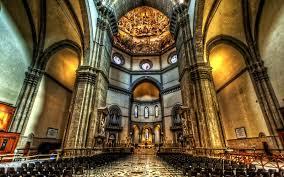
The Duomo Today: A Global Icon
Today, the Basilica di Santa Maria del Fiore is one of Italy’s most beloved landmarks, attracting millions of tourists from around the world each year. Visitors come to admire its architectural beauty, explore its historical significance, and gain a deeper understanding of Florence’s Renaissance heritage.
One of the most popular activities for tourists is climbing the dome. The ascent offers a rare opportunity to get a close-up look at the dome’s construction and art. The climb, though strenuous, culminates in an unforgettable panoramic view of Florence and the surrounding Tuscan countryside. From the top of the Duomo, one can see Florence's winding streets, its medieval towers, and the distant hillsides—an experience that connects visitors with the city’s rich history.
Inside the cathedral, visitors can continue their journey through time by exploring the church’s many artistic treasures and historical relics. The baptistry, with its famous Gates of Paradise, and the museum that houses a collection of art and artifacts related to the Basilica provide further insight into the church’s history and significance.
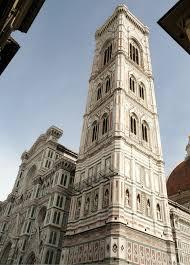
Legacy: An Unbroken Thread Through Time
The Basilica di Santa Maria del Fiore is not just a building; it is a living symbol of Florence’s enduring legacy. Its architecture, its art, and its cultural and political significance make it one of the world’s most important religious and historical landmarks. The Basilica has withstood the test of time, weathering centuries of change and becoming a lasting representation of the city’s creativity and resilience.
For those who visit Florence, the Duomo is more than just a monument to the past. It is a testament to human achievement and a reminder of what can be accomplished through vision, innovation, and dedication. The Basilica di Santa Maria del Fiore is, and will continue to be, a timeless beacon of beauty, history, and inspiration for generations to come.
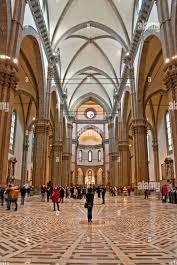
Conclusion
From the genius of Brunelleschi to the frescoes that line its interior, the Basilica di Santa Maria del Fiore is a marvel of architectural innovation, historical significance, and cultural richness. Its blend of Gothic and Renaissance styles represents the very best of Florence’s artistic heritage, and its role in the city’s history cannot be overstated. A visit to this architectural masterpiece offers more than just a view—it offers a journey through time, culture, and beauty.
Recently Published
loves or pursues or
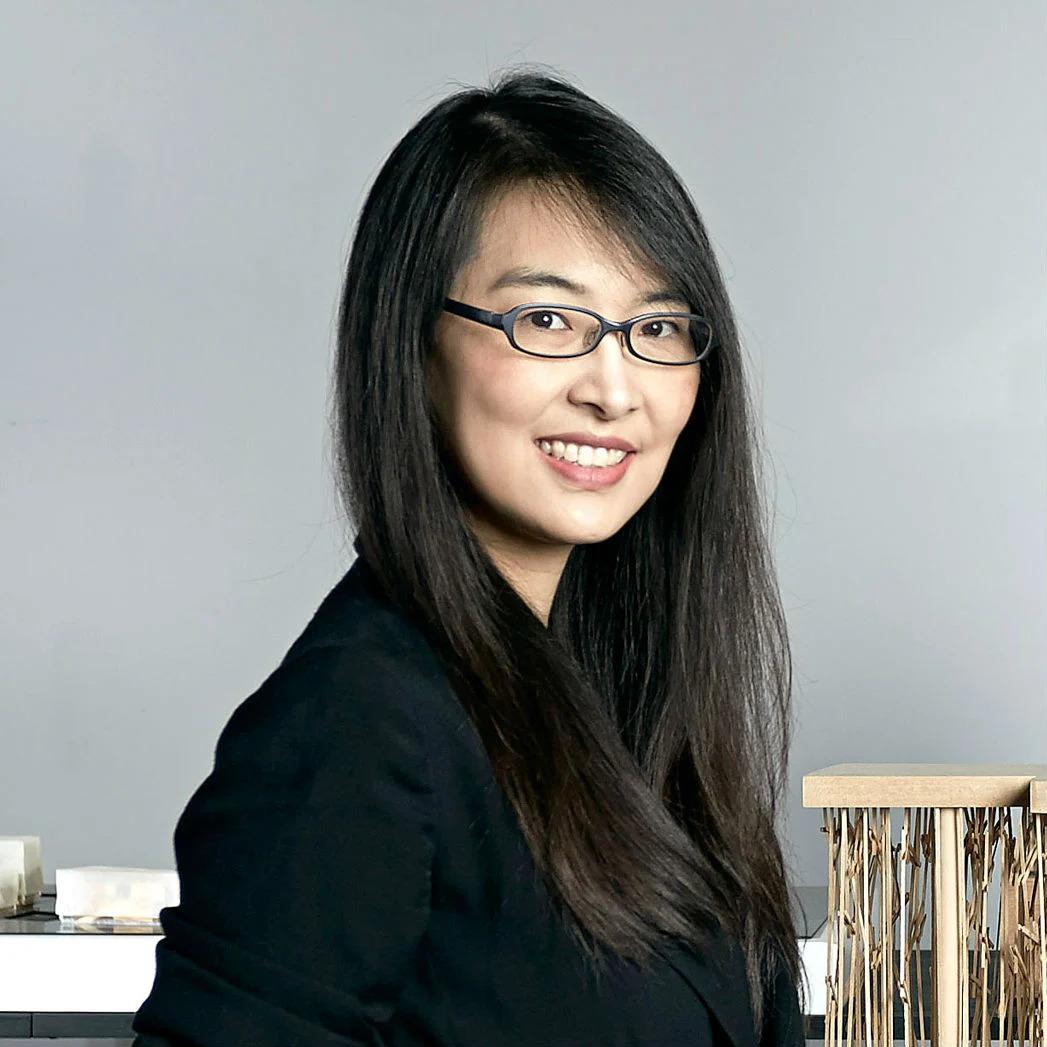
.jpg)


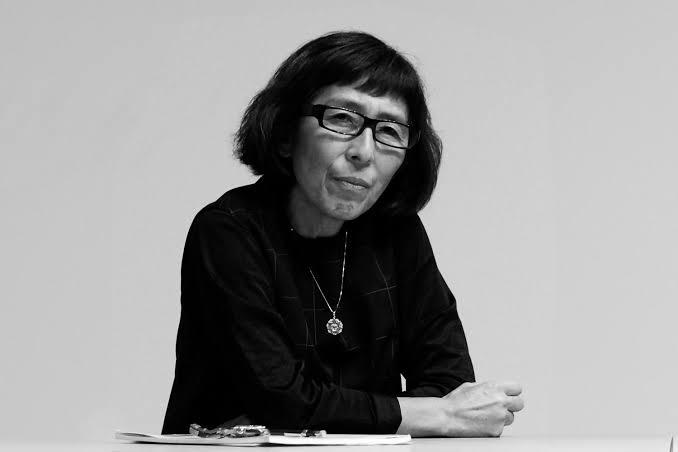
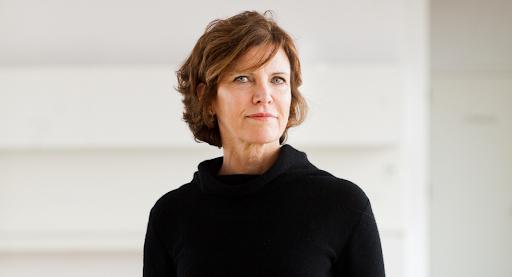
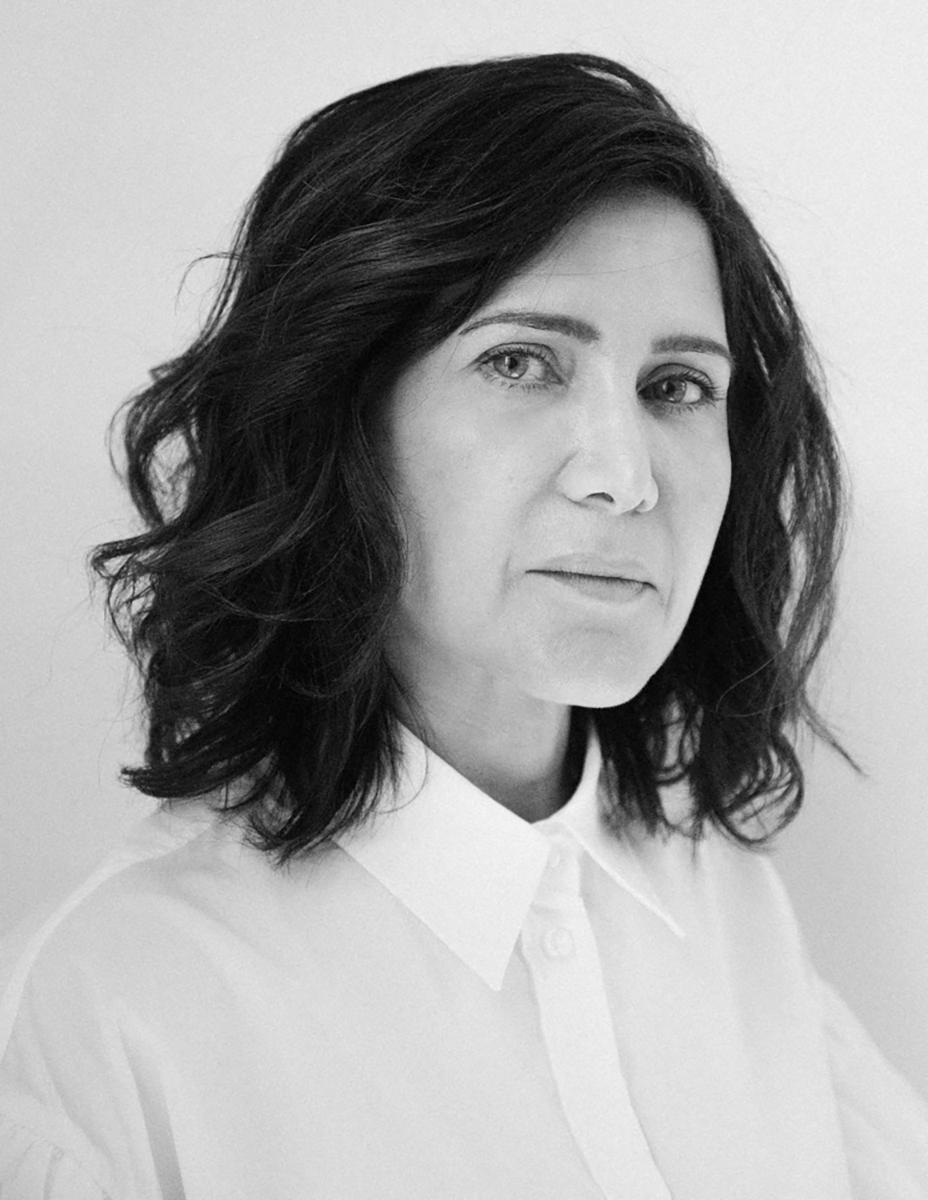
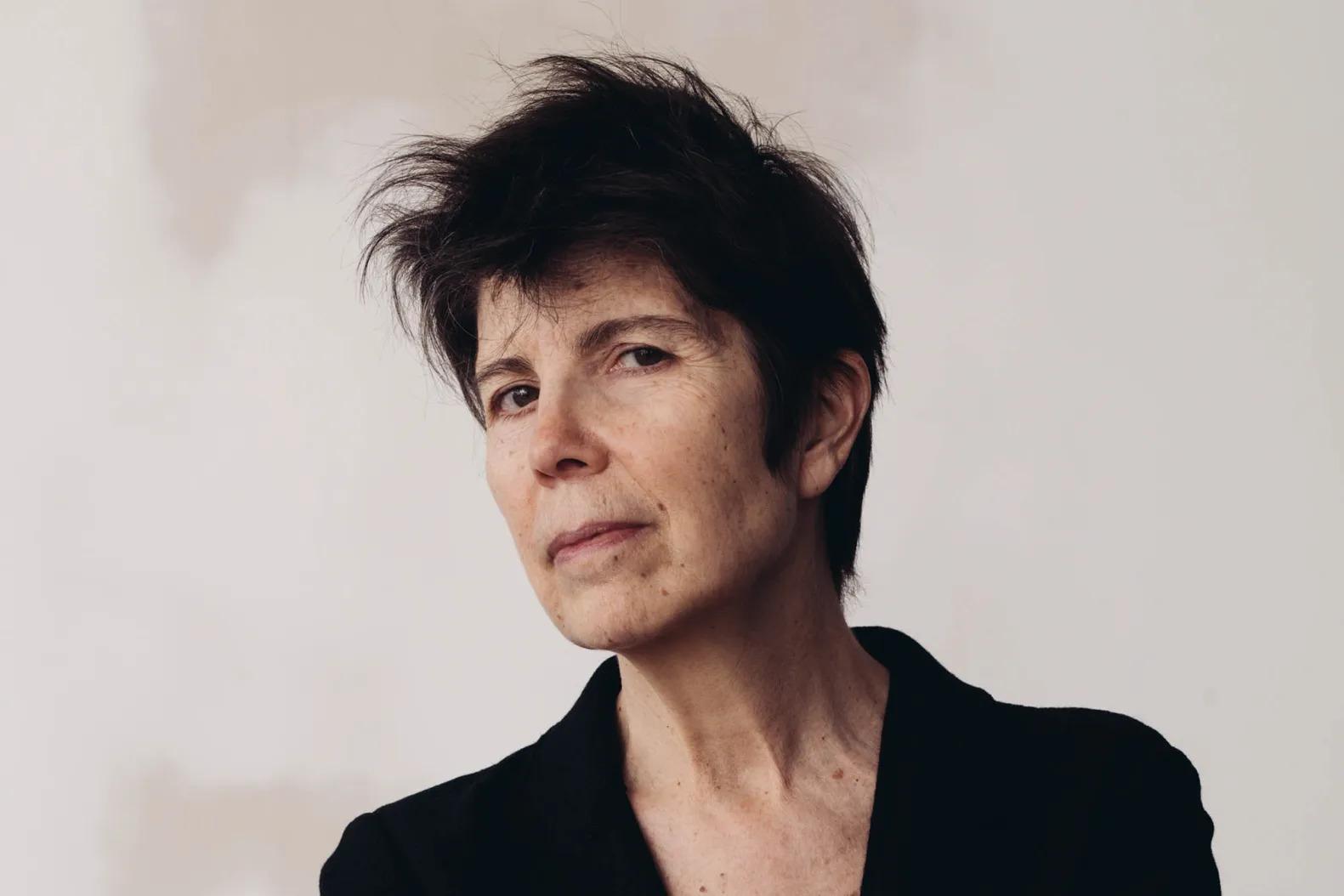
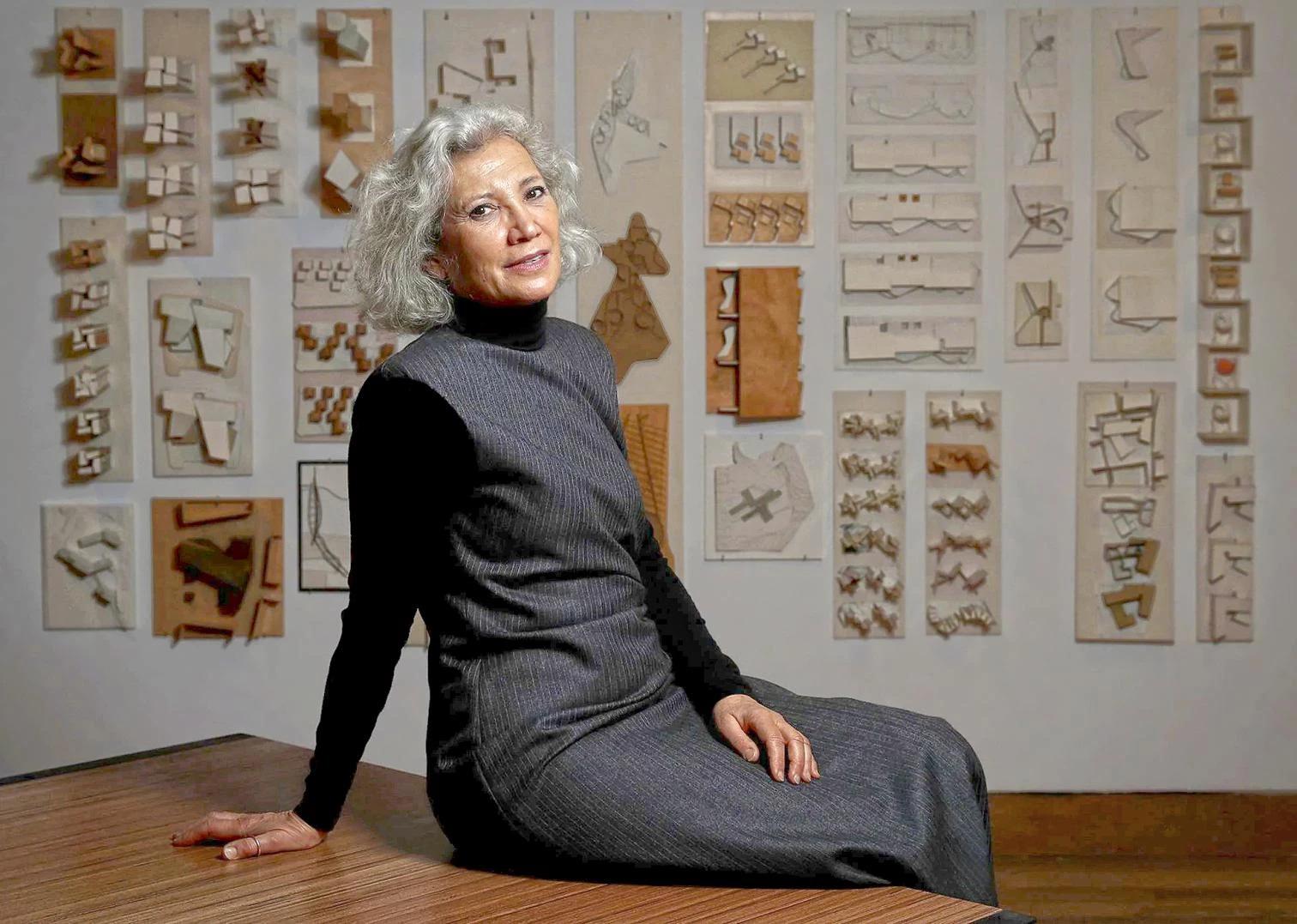
.jpg)